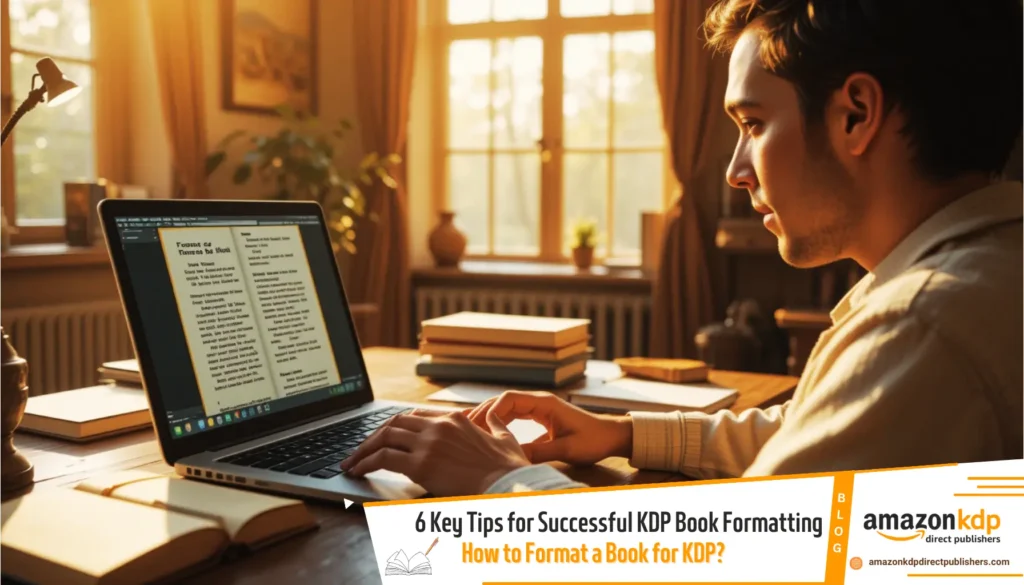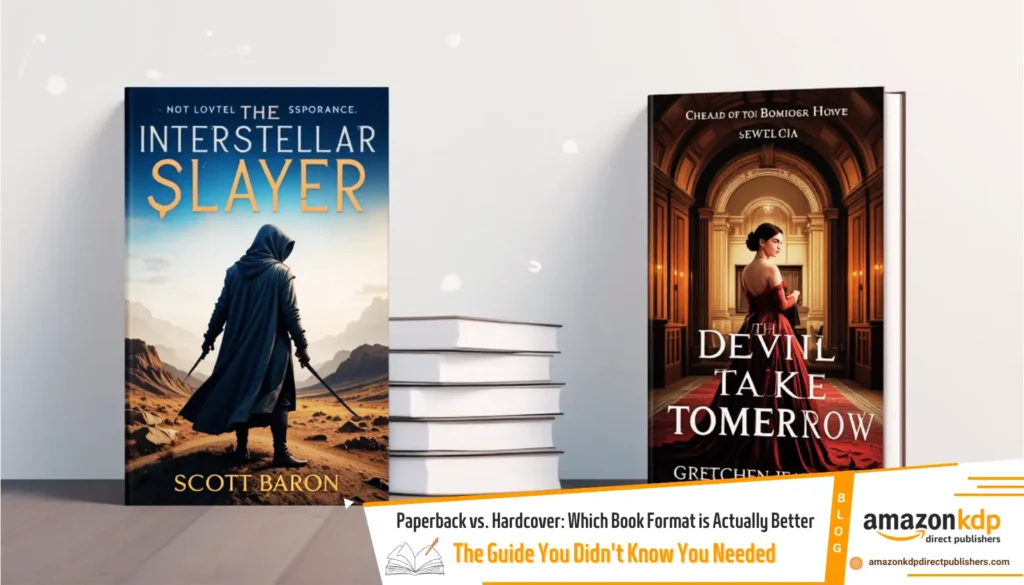Step-by-Step Guide to KDP Paperback Book Trim Sizes
Choosing the right trim size for your paperback book on Kindle Direct Publishing (KDP) is an important decision that affects both the appearance and cost of your book. Here’s a step-by-step guide to help you make the best choice:
1. Understand What Trim Size Means
Trim size refers to the final dimensions of your printed book after it has been trimmed during the printing process. It applies to the interior pages, not the cover, which is slightly larger to accommodate the book block.
2. Consider Common Trim Sizes
The most common trim sizes for KDP books are:
- 6″ x 9″ : The standard size for fiction and nonfiction books in the U.S.
- 5.5″ x 8.5″ : A popular choice for novels, novellas, and shorter works.
- 5″ x 8″ : Ideal for compact books like poetry collections or short stories.
These sizes are widely accepted because they balance readability with cost-effectiveness.
3. Match the Trim Size to Your Genre
Different genres often have preferred trim sizes. For example:
- Fiction and general nonfiction typically use 5″ x 8″ to 6″ x 9″ 4.
- Larger formats, such as 7″ x 10″ , may suit illustrated books, cookbooks, or textbooks.
Research books in your genre to identify trends and ensure your book fits reader expectations.
4. Factor in Word Count and Page Count
If your book has a high word count, a larger trim size (e.g., 6″ x 9″ ) can reduce the page count, making the book thinner and more manageable. Conversely, shorter works benefit from smaller trim sizes (e.g., 5″ x 8″ ) to give them some physical heft and avoid looking too thin.
5. Set a Custom Trim Size if Needed
If none of the standard options suit your vision, KDP allows you to set a custom trim size. To do this:
- Sign in to your KDP account.
- Under “Self Define Trim size,” enter your desired dimensions and click “Select”.
Ensure your custom size aligns with industry standards to avoid printing issues.
6. Evaluate Production Costs
Larger trim sizes generally increase production costs because they require more paper and ink. Consider your budget and pricing strategy when selecting a size. For example, a 6″ x 9″ book may be slightly more expensive to produce than a 5.5″ x 8.5″ book but could appeal more to readers in certain genres.
Final Tip

To ensure your book looks professional and appeals to your target audience, choose a trim size that balances readability, genre conventions, and cost. By following these steps, you’ll select a trim size that enhances your book’s overall presentation and marketability. By leveraging resources like KDP’s guidelines and understanding how trim size impacts your book, you can confidently make the right choice for your project.
How Do E-books Compare to Paperbacks in Terms of Advantages and Disadvantages?
Frequently Asked Questions (FAQs) – Choosing Paperback Book Trim Size on KDP
-
Q: What does “trim size” refer to in book publishing?
- A: Trim size is the final dimensions of your printed book after it has been trimmed during the printing process, referring to the interior pages.
-
Q: What are some common trim sizes for KDP paperback books?
- A: Common sizes include 6″ x 9″, 5.5″ x 8.5″, and 5″ x 8″.
-
Q: Is there a standard trim size for all types of books?
- A: No, different genres often have preferred trim sizes. For example, fiction and general nonfiction often use 5″ x 8″ to 6″ x 9″.
-
Q: How should my book’s genre influence my trim size choice?
- A: Research common trim sizes in your genre to meet reader expectations. Larger formats like 7″ x 10″ might suit illustrated books or textbooks.
-
Q: How does word count or page count affect the ideal trim size?
- A: Books with high word counts may benefit from larger trim sizes to reduce page count, while shorter works might use smaller sizes to add physical heft.
-
Q: Can I set a custom trim size on KDP?
- A: Yes, KDP allows you to enter custom dimensions under “Self Define Trim size,” but ensure it aligns with industry standards.
-
Q: Does the trim size affect the production cost of my book?
- A: Yes, larger trim sizes generally increase production costs due to more paper and ink usage.
-
Q: What factors should I consider when balancing trim size and cost?
- A: Consider your budget, pricing strategy, and the typical expectations for your book’s genre.
-
Q: What is the final tip for choosing the right trim size for my KDP paperback book?
- A: Choose a trim size that balances readability, genre conventions, and cost to ensure a professional look and appeal to your target audience.
-
Q: Where can I find more information about trim sizes on KDP?
- A: Leverage resources like KDP’s guidelines for more detailed information and options.






